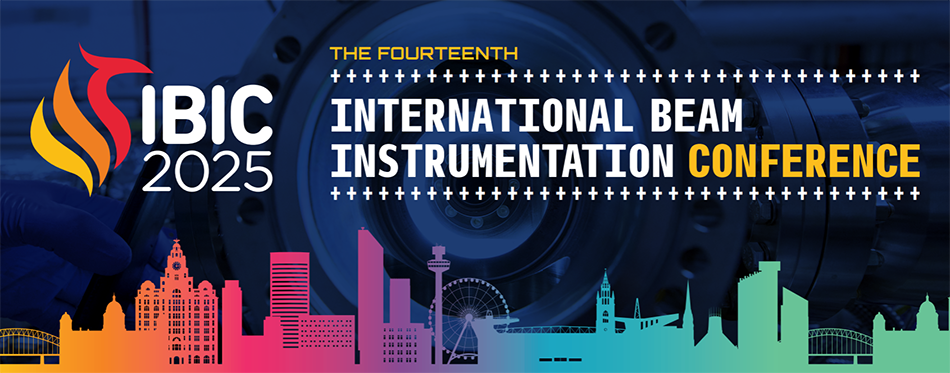Speaker
Description
The Super Tau-Charm Facility (STCF), a third-generation electron-positron collider operating in the tau-charm energy region, will be subject to mechanical disturbances and ground vibrations, which can lead to beam-beam misalignments at the interaction point (IP). Such misalignments degrade luminosity and shorten beam lifetime. To maintain an optimum beam collision condition, the development of a high-performance collision feedback system is therefore essential for suppressing orbit offsets at the IP. This study first analyzes the primary sources of orbit perturbations and evaluates the feasibility of three candidate feedback signals for monitoring IP beam offsets in the STCF collision system from the perspective of detection principles. Finally, a preliminary design of the collision feedback system is proposed based on the STCF's performance requirements.
Funding Agency
This work is supported by the National Key R&D Program of China (Contract No. 2022YFA1602201)
| I have read and accept the Conference Policies | Yes |
|---|

